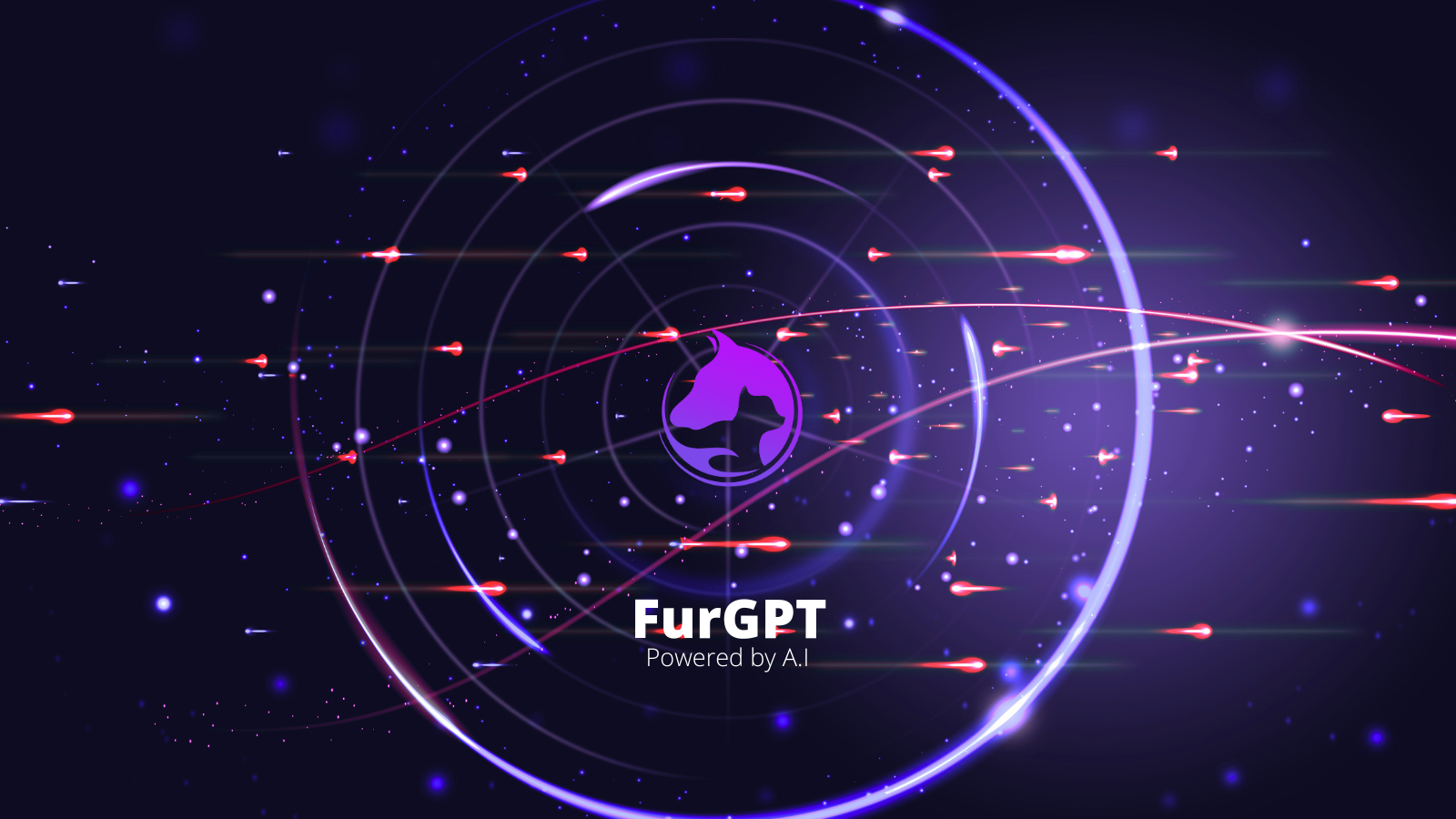FurGPT Deploys Intelligent Synchronization Tools to Enhance Companion AI Engagement

Singapore, Singapore Aug 19, 2025 (Issuewire.com) - FurGPT (FGPT), the AI-powered companion platform, has launched its intelligent synchronization tools designed to elevate digital pet-inspired engagement. This innovation focuses on emotional alignment and behavioral realism, giving users a more natural and immersive experience with their AI companions.
By refining synchronization across emotional cues and adaptive interactions, FurGPT allows its AI companions to respond in a way that reflects realistic behavior and genuine bonding. This upgrade advances the platforms ongoing mission to bridge the gap between technology and companionship, bringing a new dimension to user experience.
With these enhancements, FurGPT is continuing its momentum as an innovator in the companion AI space. The synchronization system enables greater consistency, smarter responses, and higher levels of personalizationsupporting the platforms broader commitment to creating emotionally aware and accessible AI solutions for everyday use.
About FurGPT
FurGPT (FGPT) is a next-generation AI platform that builds emotionally intelligent, adaptive digital companions. Through advanced learning models, personalized responses, and innovative interaction systems, FurGPT enhances how users connect and engage with AI-driven pet-inspired experiences.
Media Contact
KaJ Labs
More On Putoutnews ::
- Strategic Encounter Towards a Digital Algeria: HARTEM YAAKOUB and TKAWEN Bridging Youth Vision with National Sovereignty
- EXUGlobal a leading global institutional grade digital asset trading platform completes 40million$
- Poet Francesco Favetta releases his Collection of 33 poems named, "Beyond The Blue Echoes of Love and Silence"
- HIC Global Solutions Recognized as a Top CRM Consulting Company by Clutch
- The Future of Innovation is Collaborative: Nicholas Sgalitzer Makes the Case for NexTech Labs
8888701291
4730 University Way NE 104- #175
Source :KaJ Labs
This article was originally published by IssueWire. Read the original article here.